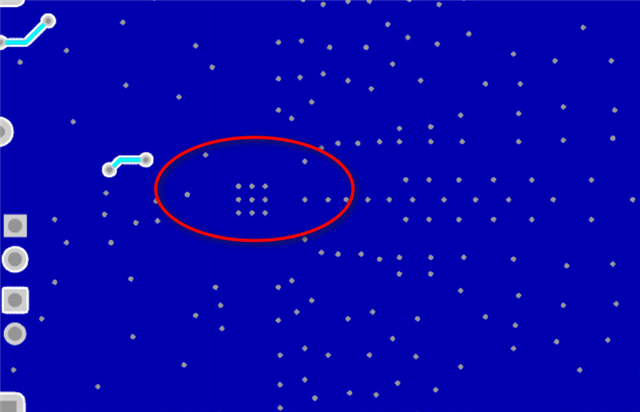Hello!
The case is we used TPA3132 amplifier to drive two 20w 8ohm trumpet.
In hardware our design didn't used power limited, connect Pin:PLIMIT to GVDD directly. And we design to the slave mode with 36dB gain, with none of other external radiator.
Isn't for those reasons the amplifier couldn't working over 3 secounds with a normal statue, then it would be turn off by itself with Pin: FAULTZ set low.
And i did another test also. Colding the amplifier with dry ice, and setting the dry ice around the amplifier. Finally, it could be working normally!
Therefore, my doubt is how to design TPA3132 heat dissipation, it must working with the external radiator or I can optimize my design to solve this problem?


Here is the design layout Schematic diagram is over it.


